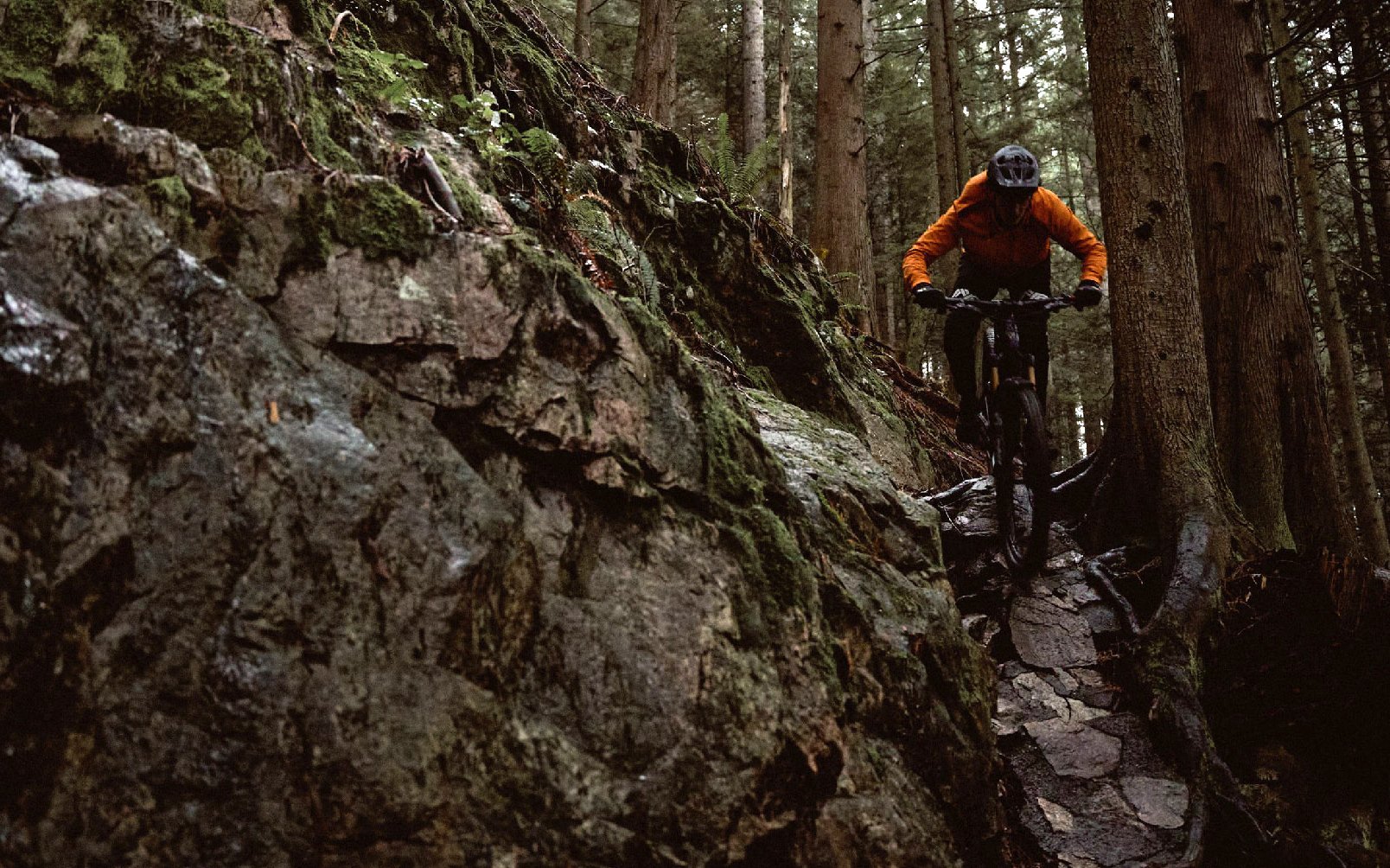
REVIEW
Flat Tire Defender (II) Inserts Tested
I will start with a confession: I am a fan of tire inserts. In particular, I'm keen on those that allow you to ride out competently on a flat tire. During our wet off season I am addicted to being able to run lower tire pressure, for better traction on any tire and any surface, with only a minor decrease in cornering and straight line stability and little fear of flats. I'm happy enough to ride tubeless without inserts in the dry season, but given the choice I'll take the pool noodle every time.

Cushcore (light grey) is wider than Flat Tire Defender and as a result it provides less sidewall support and cornering stability.
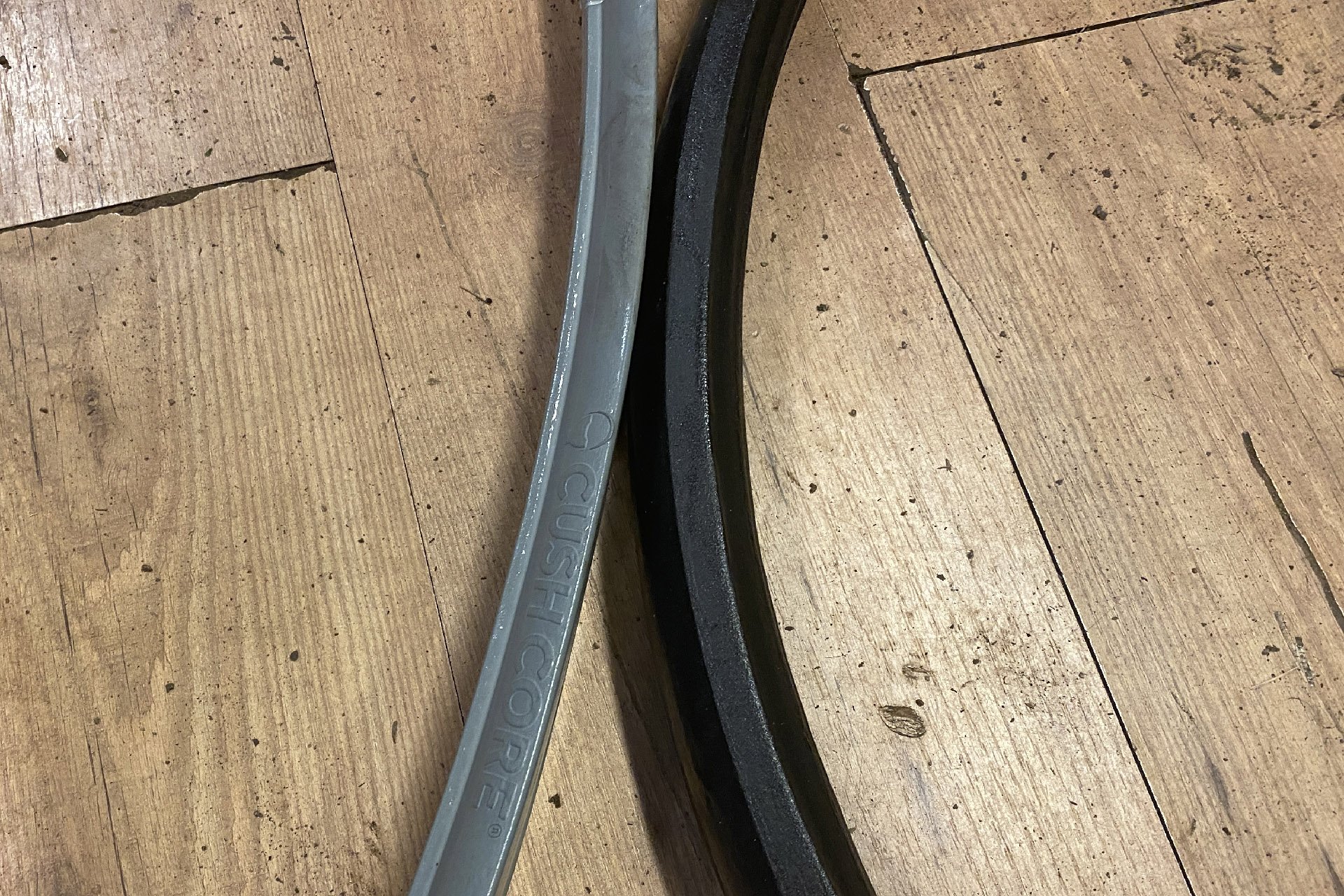
The profile of FTD (right) is slightly taller than CushCore and the material is more gooey and slightly less firm.
Flat Tire Defender is an interesting company. I couldn't find the weight of their product listed anywhere on their website when I first looked, although a weight that seems inaccurate (based on my measurements) is there now, and my email inquiries were never once answered. Fortunately a small Squamish company - Alba Distribution - offered me a test set. FTD is unlike several other inserts in that they arrive as extruded rods of foam rather than as hoops. The process is then to use the included super glue to join the ends, which is pretty easy. And then the fun starts.

A two insert Flat Tire Defender kit as well as a pair of images to better display the cross section of the insert.
The Dreaded Install
Insert installation fear is as common as Minions in Whistler, and if you aren't experienced with swapping and installing tubeless tires, that sense of impending doom has a decent foundation. Following instructions is key though and the process isn't that hard to learn. FTD has some excellent install videos and watching the most recent one, I learned a new trick that is very helpful, which I'll share below.
With any tubeless install, my procedure has evolved to include a complete mount before adding any fluid. That way if there are any leaks, particularly in the rim tape, you can easily trouble shoot and make adjustments without having to deal with the mess of sealant. The bad news about using this trick with inserts is you'll have to open one side again to slide the insert in. Aside from checking your seal, an advantage is that the side that remains mounted will be properly seated, leaving more room for the insert and easing the install. In the video FTD recommends using a "tire stand" which is an apparatus I've never seen, but they helpfully add that a plastic 5 gallon paint bucket, the type many trail builders use, is a good substitute. Others prefer to use a plastic garbage can as their stand.
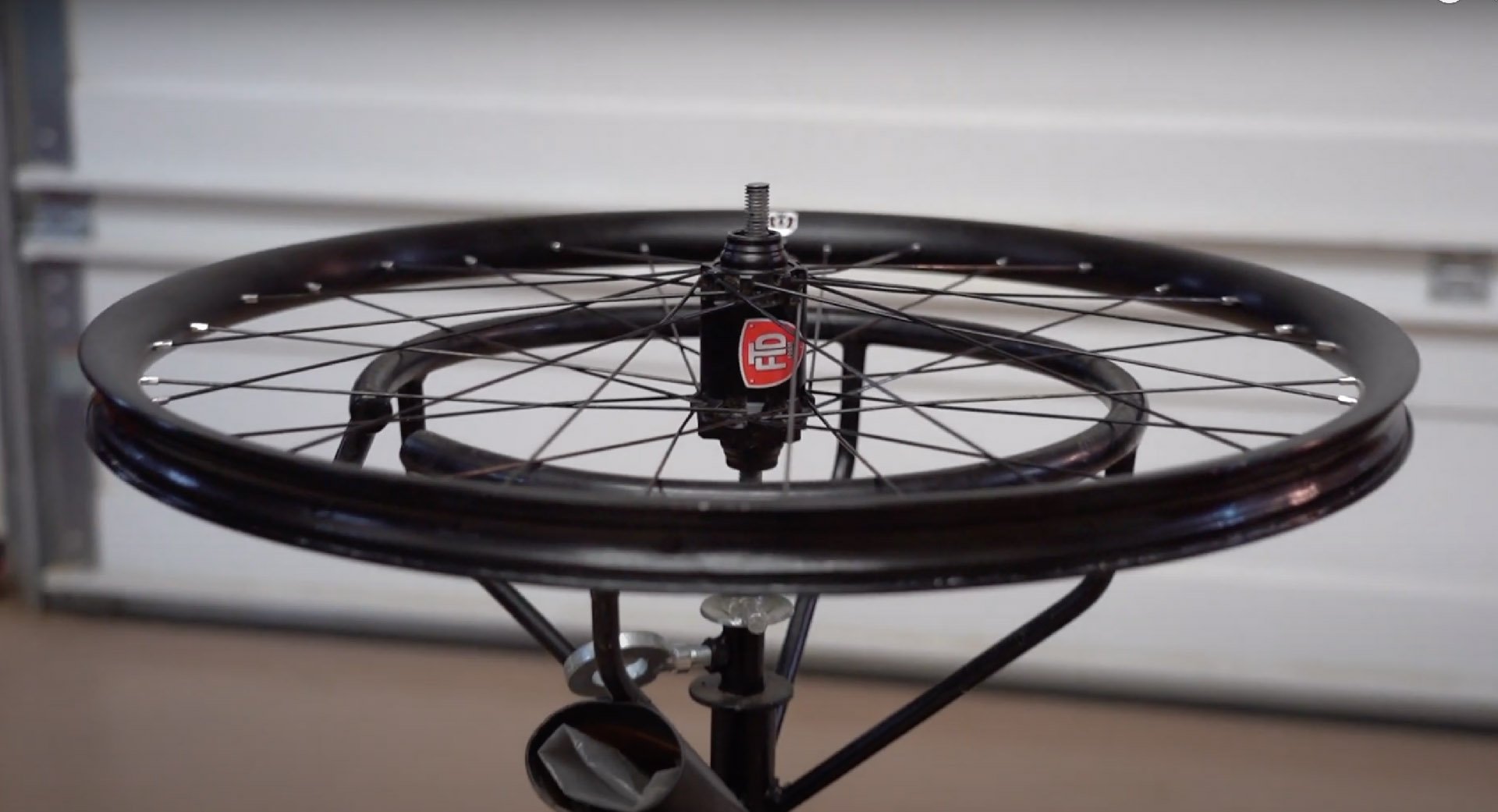
This is a tire stand. I've never seen one before but you can also use a plastic garbage can or a 5-gallon paint bucket to support your wheel. Screen cap courtesy FTD.
The procedure after that is to work the insert into the open tire, with the glued portion opposite the valve. The part I learned from the video is that FTD recommends working most of the insert into the tire and then beginning to mount the second side of the tire starting furthest from the valve before the insert is fully inserted. I have always installed the entire noodle before beginning the second bead and I can see how avoiding this strategy would be beneficial. It's now time to cross-pollinate and include my all time favourite tire installation tool/butt plug; the CushCore Bead Dropper. Using the tool, I push the entire bead of the side I'm mounting deep enough into the rim so it drops to the centre of the channel. This gives you a lot of slack and it's often possible, when this is done properly, to complete the install without tools.
Other helpful hints include using something as lubricant (soapy water works as does sealant), wear gloves for improved grip, be patient, and take a break or two if you get frustrated. I didn't find the FTD install any worse than other inserts I've installed and for the most part this has become a low stress job for me.
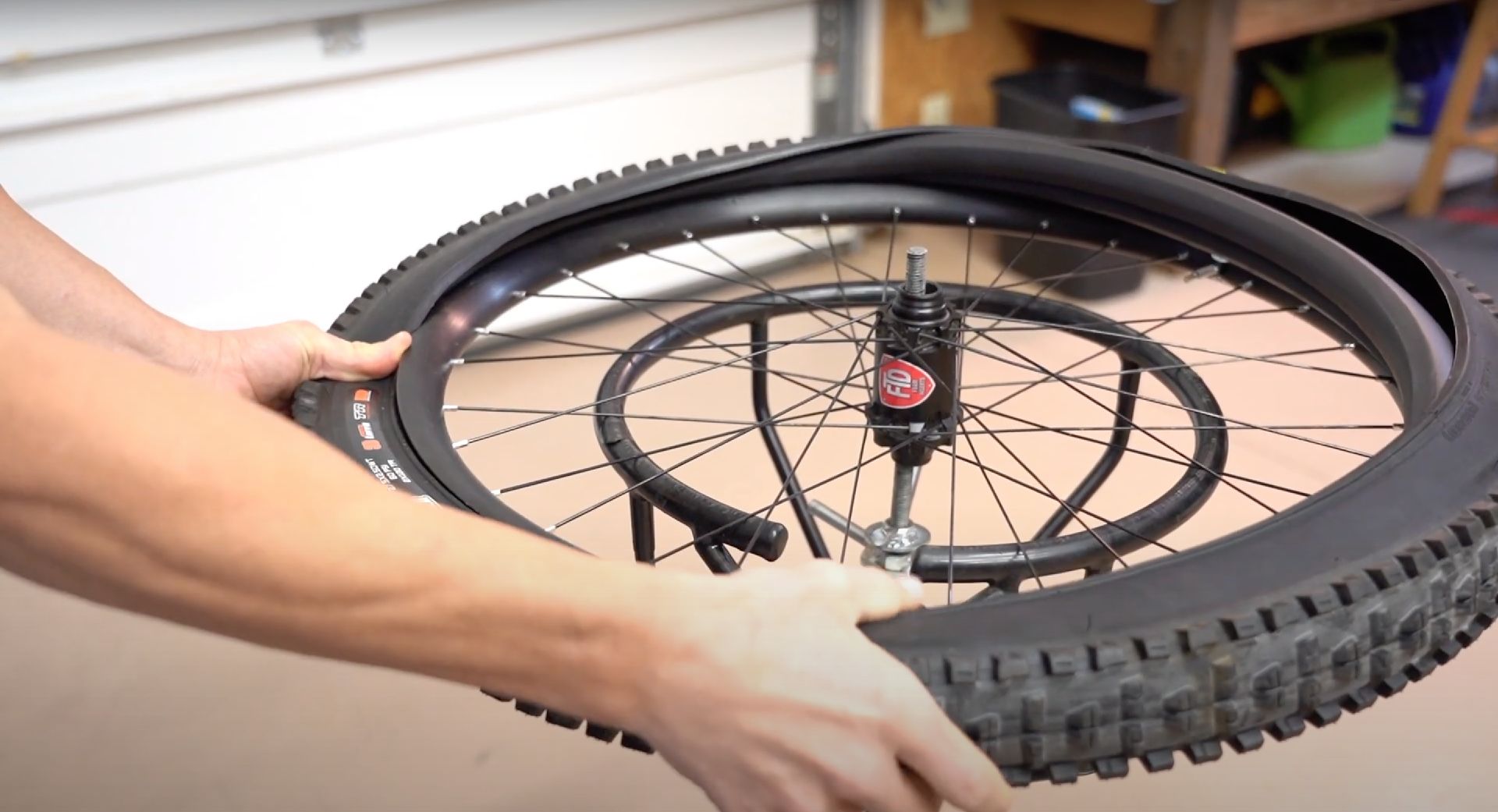
Flat Tire Defender recommends installing the bead on the second side before the insert is pushed in all the way around the tire. Screen cap courtesy FTD.
Flat Tire Defender (and what it weighs)
The original Flat Tire Defender didn't have much shape to it - other than round - but the gen. II version has a more complex profile that better fills the volume of the tire. The foam itself has a very different feel than most others. It's so gooey and spongey to the touch that it almost feels wet. When you push into the material it slowly returns to its original shape. You'll also notice it's a little heavier than most others. When I first weighed the FTD inserts I was sent, they were each a little over 300 grams. The 29" version is listed on the FTD website as weighing between 230 and 250 grams. When I removed one from my tire, after months of hard use, it was wet to the touch from sealant and weighed a full 380 grams. There is no sugar coating it; these are heavy inserts. I countered this mass by mounting them on a Norco Sight VLT eMTB and I never really noticed the extra weight. It likely cost me a little in top end speed, climbing performance, and battery range, but it was a tradeoff I could handle easily.
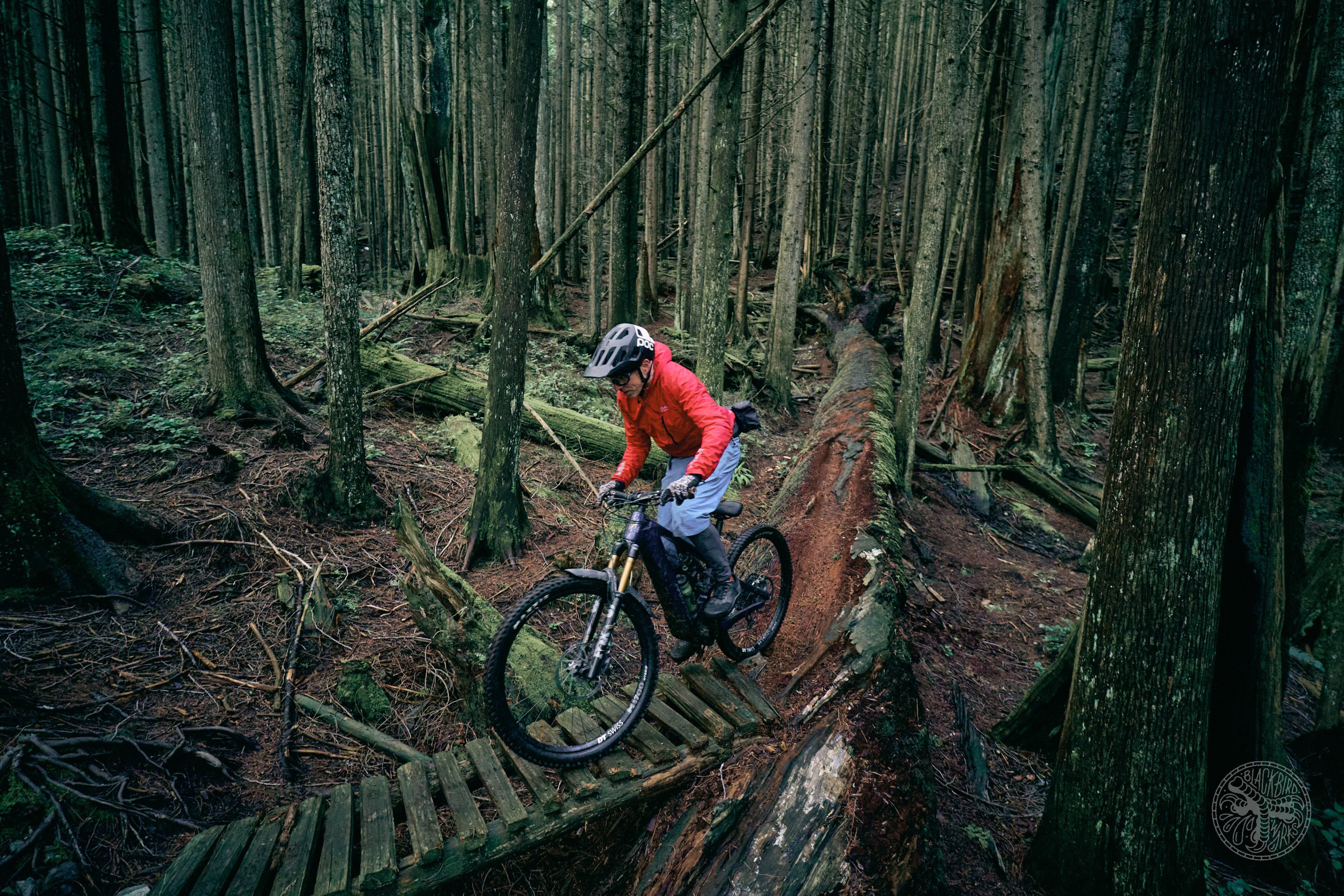
One of my buddies slipped and crashed on this green exit ramp on the day we shot this but the lower pressure FTD allowed me gave me sufficient grip. Photo - Deniz Merdano
Performance
The rubber-based foam used in FTD translates to a very comfortable damped ride. Bumps are absorbed well and they make the bike nice and quiet. I bashed the hell out of a set of DT Swiss aluminum rims on the Norco Sight VLT and after 8 months of hard use they were in perfect shape. Trevor Hansen was on a similar set of wheels with Tannus Tubeless inserts and his wheels are beaten to hell. Bear in mind that Trevor outweighs me and rides a lot more (wait for it...) clumsily. And more frequently. Cornering support isn't as robust as Cushcore or Tannus but FTD takes a hit almost as well as CushCore and better than Tannus.
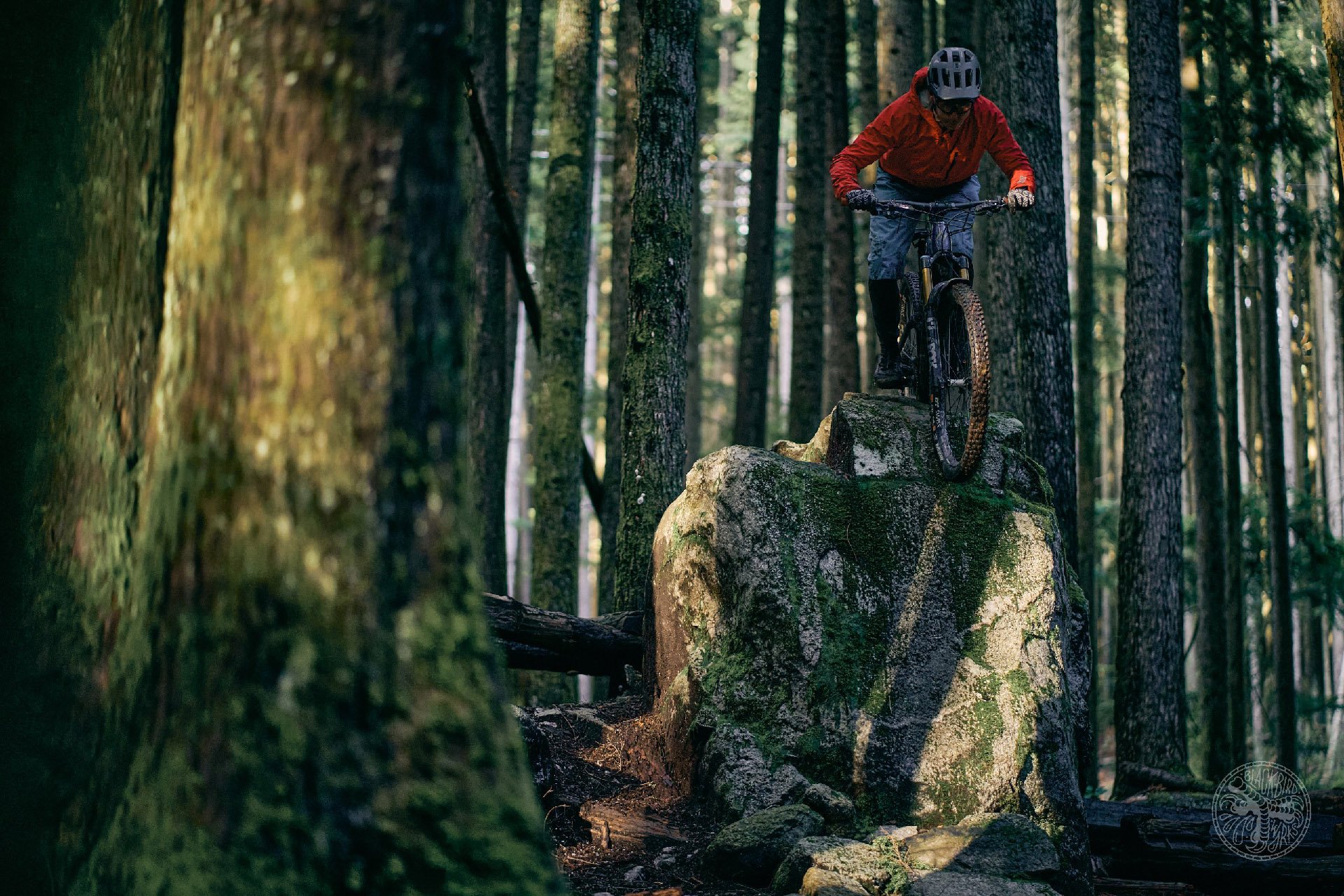
I've heard that suspension performance is enhanced with inserts because the smaller air cushion in the tire is more progressive, thus initiating the suspension sooner. I've yet to see any testing that proves this theory but it makes sense to me.
While I never flatted riding FTD, I deflated them to see how they would perform in that situation and they were quite good. I'm quite sure I could finish a ride at 80% with a rear flat and perhaps 60% with a puncture up front. I didn't find they had the same sidewall support as CushCore when deflated but they were almost as good in a straight line.
When I removed the Flat Tire Defender insert from my rear wheel, which by then was leaking air from one of my buddies borrowing it, I found that the crazy-glued ends were no longer attached. I noticed this as a thump on every rotation when tire pressure became low. It seems like it would be possible to slice off a very thin portion of each end and glue them together again, but I haven't tried yet. The counterpoint is that the condition of the rest of the insert was excellent, with no evidence of damage despite thousands of impacts. Once the rear is re-glued and dried out, it will be ready to go into another tire.
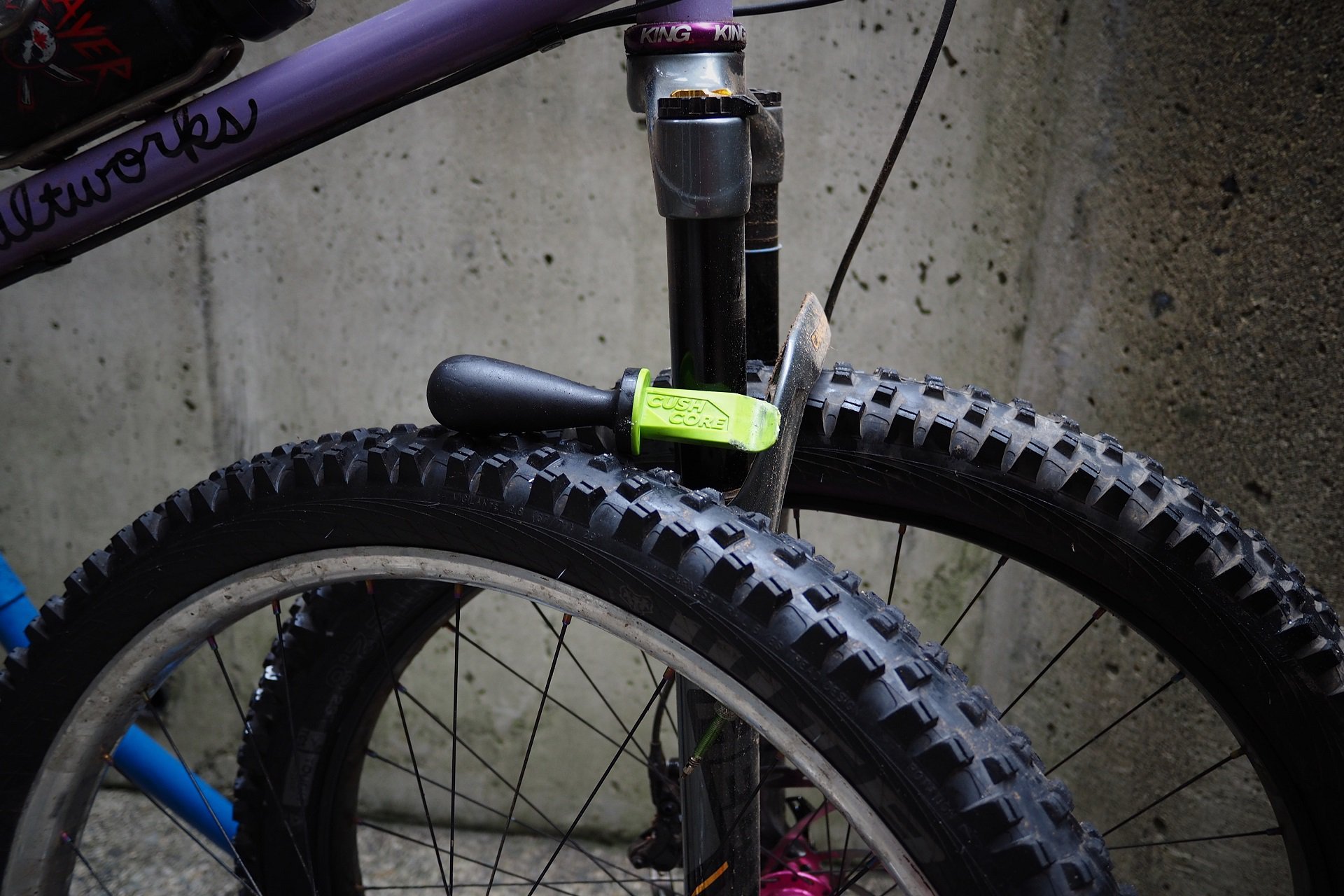
If you install a lot of tires, with inserts or not, CushCore's Bead Dropper tool is an essential item. It eases the process dramatically. Photo - Andrew Major
Final Analysis
FTD is a solid product that performs very well. It provides a quiet and damped ride while effectively protecting against flats and dings (except when my buddies borrow my bike). In my experience it lacks the sidewall support of either Tannus or CushCore while being at a significant disadvantage in terms of weight, at least based on my experience. I can't say that FTD is being misleading about their weight numbers, but the difference between the stated weight of 230-250g and my measured weight of over 300g for each insert before any sealant was added, is significant and a little concerning. It's possible I got a set that somehow ended up being 60-80 grams heavier, but this seems unlikely. Another strike is that FTD seems to absorb more sealant than any of the other inserts I've tried. The foam feels like a closed-cell material upon first observation but the scale told a different story.
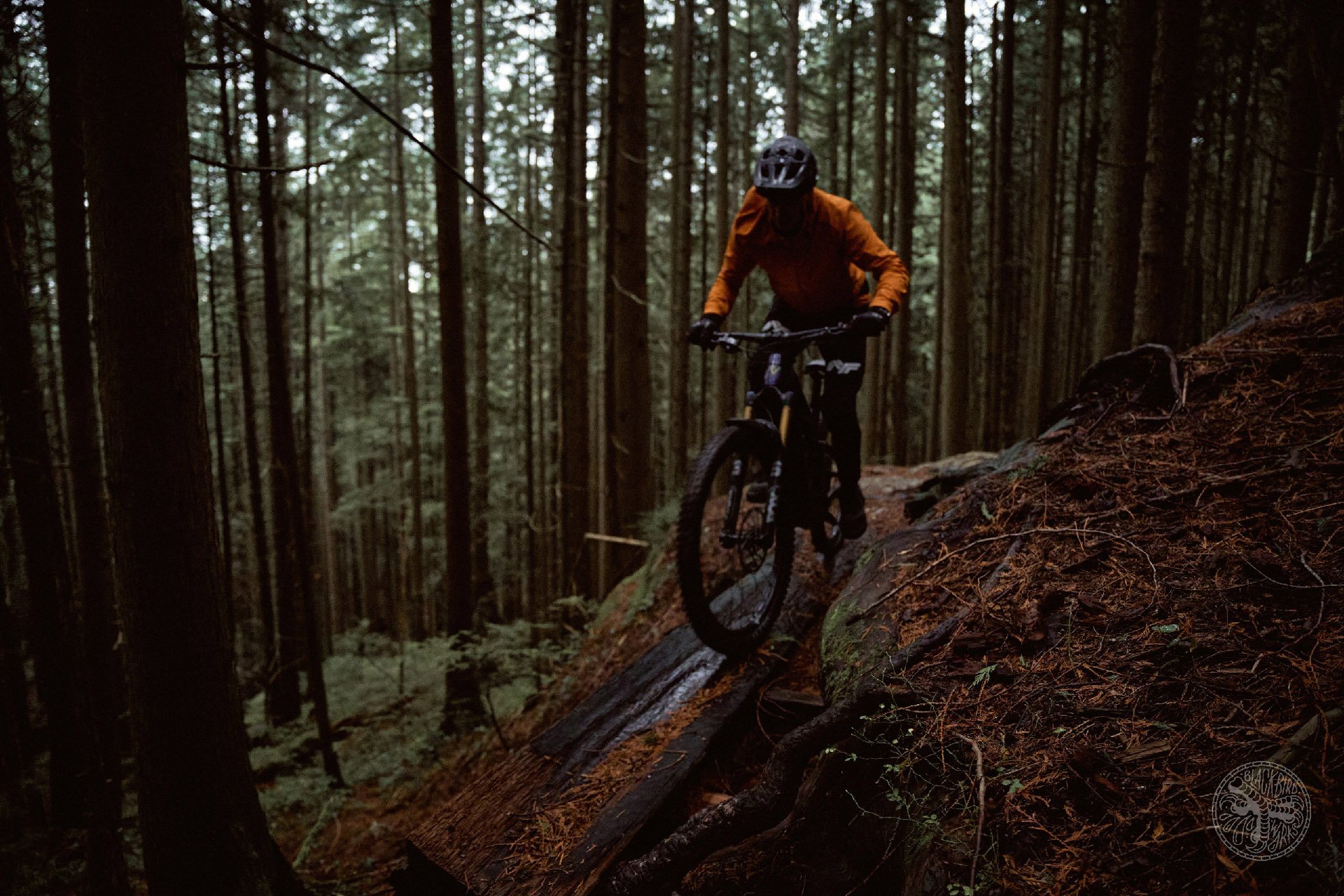
A little extra grip came in handy here.
Here in Canada, a pair of FTD II inserts in 29" size, along with valves and glue to put them together, costs around $150, which is comparable to both CushCore and Tannus. Like CushCore, FTD has significantly better run-flat performance than Tannus tubeless, but FTD is less competent than both in terms of sidewall support.
If I was voting with my dollars I'd be looking at Tannus Tubeless (160g per 29" wheel) if weight was more important than run flat performance, and CushCore (260g per 29" wheel) if I wanted excellent run flat performance and sidewall support, but I was more than happy running Flat Tire Defender on a full power eMTB, despite the 300g + weight and the tendency to absorb sealant.

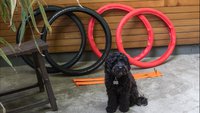

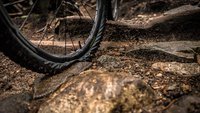





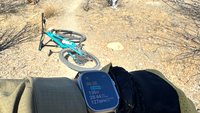
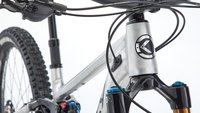
Comments
Ryan Walters
1 year, 7 months ago
The garbage can (or tire stand) is an absolute necessity when installing tires with inserts. Make sure to use a plastic can so you don’t scratch the hell out of your spokes and rims. Big Rubbermaid units work well.
Reply
Andy Eunson
1 year, 7 months ago
Park have a couple wheel holders. https://www.parktool.com/en-int/product/wheel-holder-wh-1
Reply
Ryan Walters
1 year, 7 months ago
That thing is interesting, but it's not really suitable for doing insert installation. You need something really, really strong and stable to hold the wheel while you drop and work the bead around the rim. You're basically putting all your weight into your hands as you work the bead. Need to be easy to flip the wheel as well. Trust me - the garbage can is ideal.
Reply
Andy Eunson
1 year, 7 months ago
Good to know. That way I’m less tempted to buy one.
Reply
AndrewR
1 year, 7 months ago
Plus the taller (grey) Rubbermaid bins allow one to work without being hunched over (as much).
Much cheaper than a wheel tool thingy and can actually be used a rubbish bin!
Reply
AndrewR
1 year, 7 months ago
I am running Tannus in my Sight VLT wheels and they do a great job of protecting the wheels from the extra weight/ force. Tannus does not allow as much of a drop in pressure as Cushcore does but it also far easier to install (especially if one uses the advised Cushcore Fister) - I have never lost the will to live dealing with Tannus. Can't say the same about Cushcore. Cushcore did allow me to ride out,including riding Rupert at a fun pace, with only 7-8 psi in the rear tyre.
Reply
Timer
1 year, 7 months ago
Ouch. That weight really kills it. You could run a Tannus or Airliner in a full DH tyre and still come out ligher than this in an EXO tyre.
Reply
Vik Banerjee
1 year, 7 months ago
I became an insert convert [at least on the rear of my hardtails] after trying Tannus Tubeless based on a NSMB review. They just work so well and they don't wear out so not sure I'll get to try anything else out. I've got two solid years of Tannus riding and no flats or rim damage despite riding my HTs harder than ever though rocks/roots so I'm a believer now.
Reply
bushtrucker
1 year, 7 months ago
This is my experience of Tannus inserts too. Picked them as they seemed to be the best mix of price, weight and ease of install. 6 months later and I wouldn't go back to riding a hardtail without an insert out back. But I'm not really curious about other options either.
Reply
Lynx .
1 year, 7 months ago
Vik, what width tyres and frame are you running the Tannus on? Can't say I'd give inserts a look for any FS I've got, but for the rigid I'm thinking the right one could add some dampening to help with the ping effect you have to fight/balance at the much lower pressures you can run on PLUS tyres on i35-40mm rims,
Reply
Bushpilot
1 year, 7 months ago
So less cornering support than Cushcore, marginally heavier than Cushcore, absorbs sealant unlike Tannus Tubeless and Cushcore, significantly heavier than Tannus Tubeless, requires gluing which can come apart and be felt at low pressures and pricing within the same general range as Tannus Tubeless and Cushcore. Got it. Definitely does not sound like a competitive product.
Reply
khai
1 year, 7 months ago
That tire stand is commonly seen and used for changing motorcycle tires. They have fancier ones that help to break the bead, but that simple padded ring on feet is light & portable, so easy to transport to the racetrack/MX track.
Reply
Agleck7
1 year, 7 months ago
At that weight the full Tannus Armour is a competitor.
Reply
Mammal
1 year, 7 months ago
"Cornering support isn't as robust as Cushcore or Tannus...". Surprising, as Tannus doesn't offer a whole lot of cornering support, and FTD appears to take up a whole lot more tire volume.
Reply
MTB_THETOWN
1 year, 7 months ago
Ease of tubeless setup seems very rim dependant. I've had much easier time with Stan's and DT swiss than WTB or race face.
That being said do not use soapy water to help with tubeless setup. The soap can break down your sealant and prevent it from working properly. A little sealant is better choice if necessary.
Reply
Cam McRae
1 year, 7 months ago
Good tip. Thanks for the correction.
Reply
Gage Wright
1 year, 7 months ago
Ryan, its more about technique than strength.
Add Cushcore (CC) to rim. Place rime and CC into the center of the tire, taco style.
Start on one side by dropping the tire bead into the rim and work your hands out simultaneously. I like to work from hot patch and out. Get to within 6 inched of bead left out and hold one end by hand to prevent the bead from unraveling while prying the other side into the rim with a lever. As you work and drop tire into the bead press everything into the center.
Be patient and get the tire bead into the center groove. ALL problems of fit, and I run DH casing with CC on WR1 rims, can be solved with setting the tire bead into the center to provide slack to get the tire fully on the rim.
Repeat on the other side, leave 6 inches out for sealant. Add Stans. Complete job. Crank the tire pump until the sweet sounds of "PING!" is heard.
Swirl and shimmy the tire, leave over night at 40-50 psi.
CC bead dropper is a cash grab IMHO. Get these as they are cheap, super durable and do not mark carbon rims.
- https://www.evo.com/en-ca/tire-levers/lezyne-power-lever?image=151572/614193/lezyne-power-lever-tire-levers-.jpg
As far as other product go, CC does not degrade or absorb sealant. It is heavy but works like a charm. Point being, no half measures. Ride heavy, land short (insert tiny bullhorn hand emoji).
Reply
AndrewR
1 year, 7 months ago
Cushcore does actually degrade significantly from the impacts it absorbs. Six months of relatively light duty (I am not a hucker or a dinger normally) and there were obvious marks in the Cushcore. I imagine heavy riders (effect not size) might tear them up eventually.
I am currently on my second year and third wheel change with my Tannus and the same impact/ wear marks do not seem to be forming in the Tannus.
That said Cushcore does allow a more significant pressure drop in one's tyres and a greater 'ride out' factor at really low pressures than the Tannus.
Reply
Gage Wright
1 year, 7 months ago
Mine have marks for sure (like little snake bites) but they hold their shape and have not lost their ability to perform. In my opinion they don't really degrade. I have uninstalled and reinstalled dozens of times over three years of hard riding on a used CC pro.
I like Tannus for the tube inserts. Seems weird but I run tubes on my hardtail and a Tannus in the back. After many, many, many flats on the hard tail I prefer to change tubes than deal with sealant.
Reply
Cam McRae
1 year, 7 months ago
Have you used a Bead Dropper tool Gage? I don't think you'd be saying that if you had. Those Lezynes have nothing on the BD based on my experience changing 6 different kinds of inserts with all sorts of tires and rims regularly over the last few years.
Reply
Ryan Walters
1 year, 7 months ago
Yeah, it's really more about the garbage can offering a stable, comfortable working height. I've done enough insert installations to realize it's all about patience in working the beads in the right order. I know all the tips and tricks. That Park Tool thing is certainly not sturdy enough to be useful for installing inserts. I also highly recommend using a sealant injector (Stans makes a good one) to inject sealant through the valve stem - makes the whole process far less stressful and messy. I also try to limit my use of tire levers, as I've discovered that over-zealous use of levers can actually damage certain tire casings (DD, I'm looking at you!).
Reply
fartymarty
1 year, 7 months ago
Cam - what tyre casings are you running with the FTD (or CC for that matter).
Reply
Cam McRae
1 year, 7 months ago
I had DD casings on the VLT with the FTD, which is what the Sight VLT came with. Generally though I use an EXO or EXO+ level of casing with inserts without much drama.
Reply
fartymarty
1 year, 7 months ago
Thanks. Exo/Exo+ makes sense wrt overall wheel weight.
Reply
BarryW
1 year, 7 months ago
I've riden 4 miles out (on admittedly mild terrain) with my Tannus Tubeless and didn't break the bead.
And they're lighter, and don't seem tk wear out.
I actually installed mine no levers needed. Simply put the first side all the way into the rim, then strap with a velcro strap so it stays deep in the rim section. Roll the lest of the bead on with your hands. Worked a treat with some Hans Dampfs.
Reply
Cam McRae
1 year, 7 months ago
For me the definition of ride flat isn't whether you can do it, it's whether you can continue the ride and still enjoy the experience and perform relatively well, which hasn't been my experience on Tannus Tubeless with all the air gone. Obviously everyone would have a different standard there but if my ride is spoiled, it's not enough for me and that means most of the time I want something more robust than a Tannus Tubeless - at least in the rear.
Nice work on the install. I have been so conditioned to avoid using levers to mount a tire all these years that it's always the way I try to do it. But with no tube to pinch, it's NBD to lever it on if the combination is challenging or if I'm in a hurry.
Reply
Morgan Heater
1 year, 7 months ago
Anecdotally, i have cracked a rear rim with Tannus, but never with Cushcore.
Reply
Please log in to leave a comment.